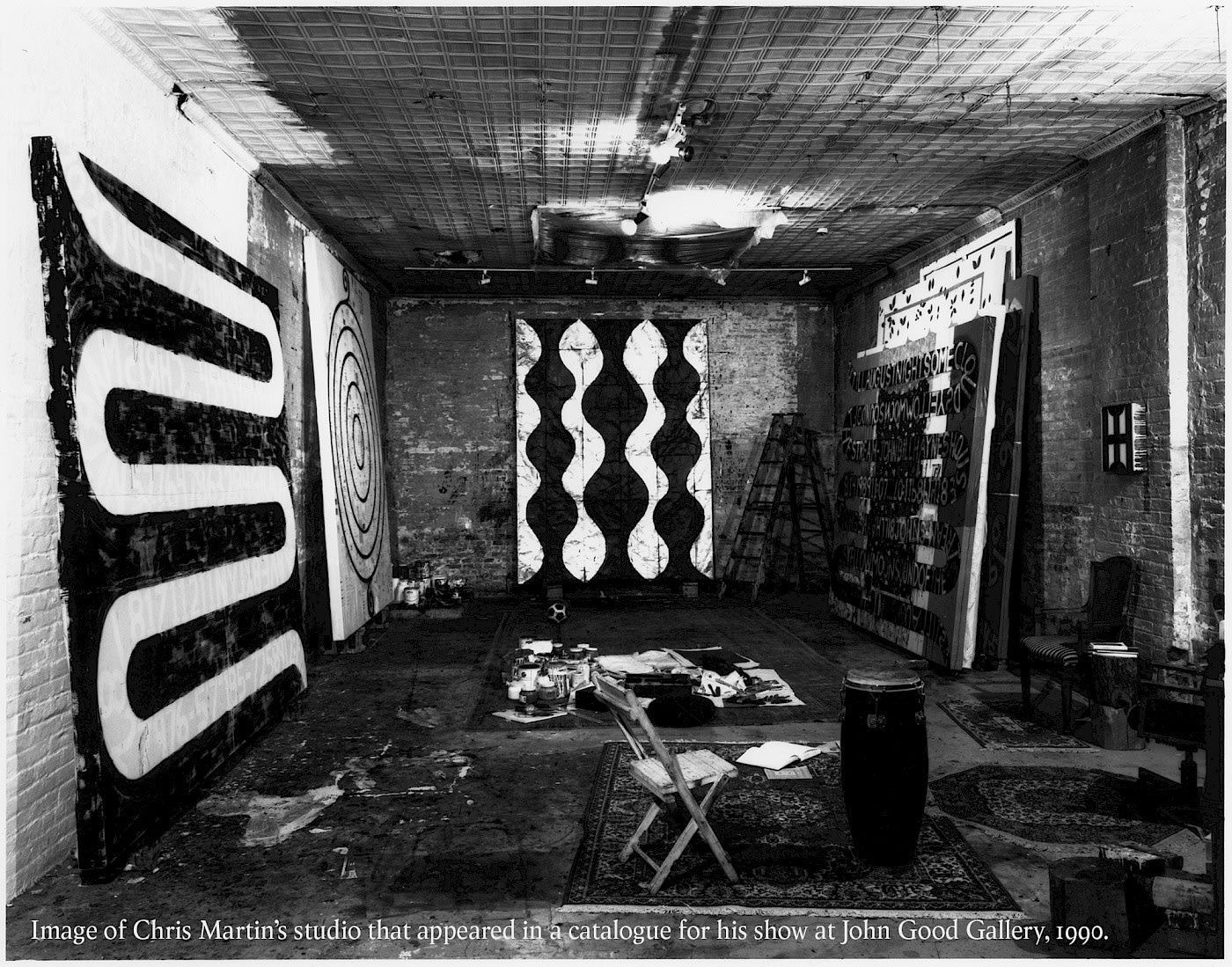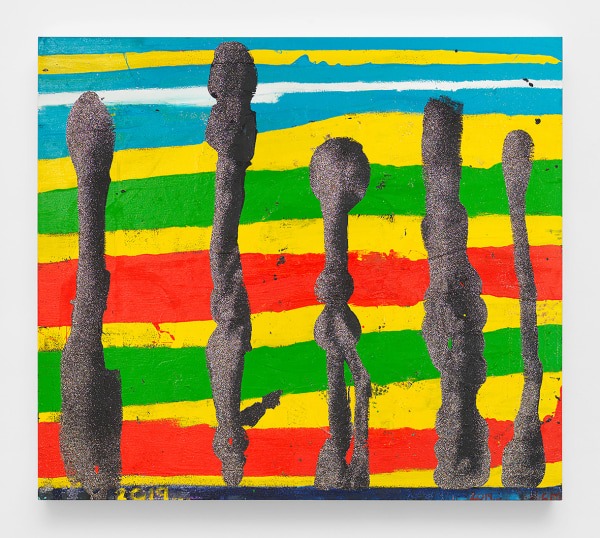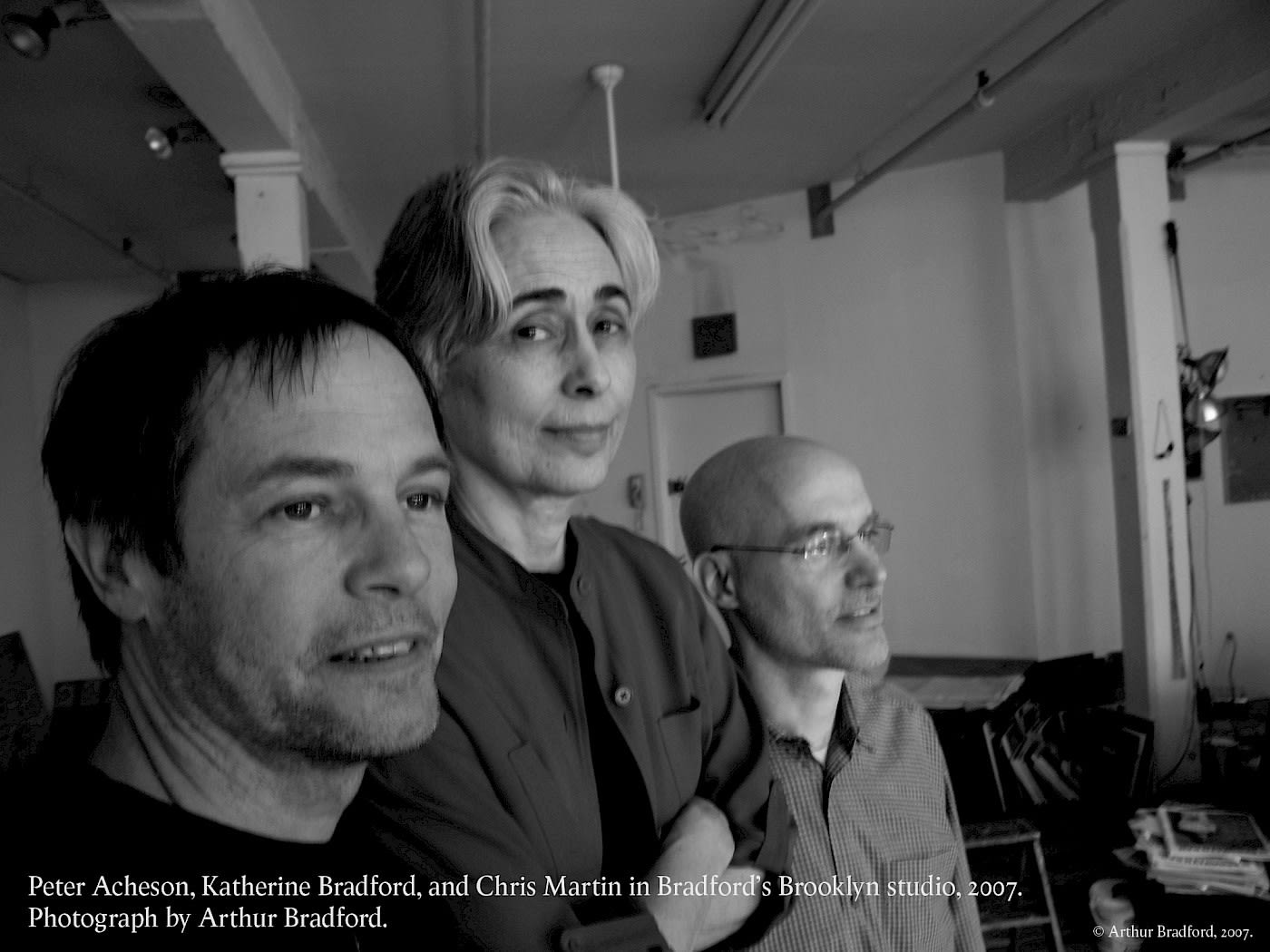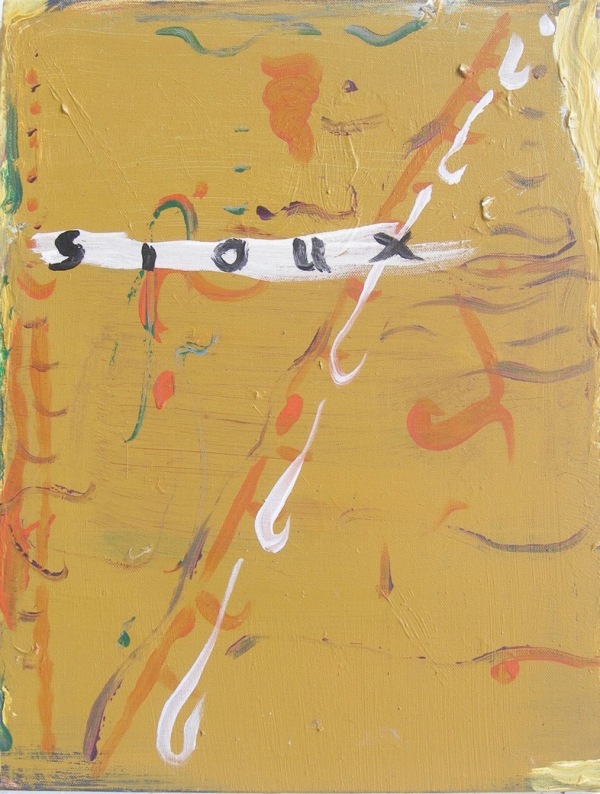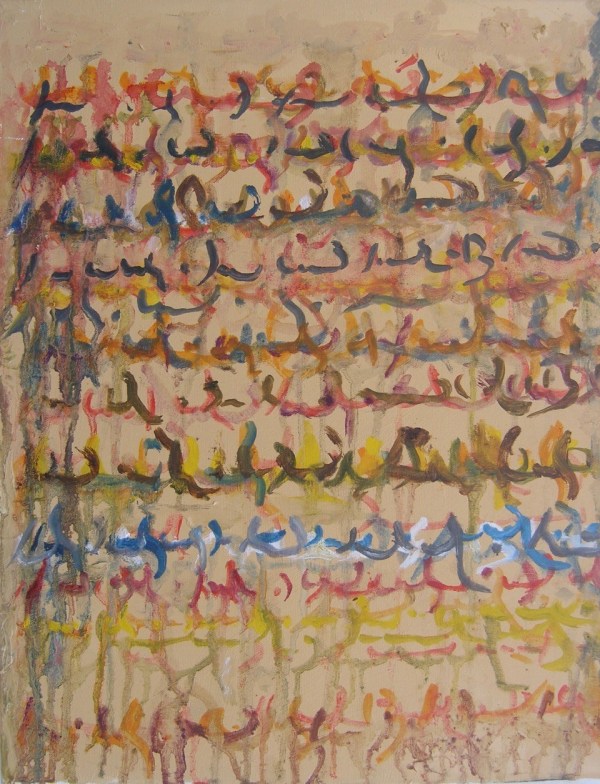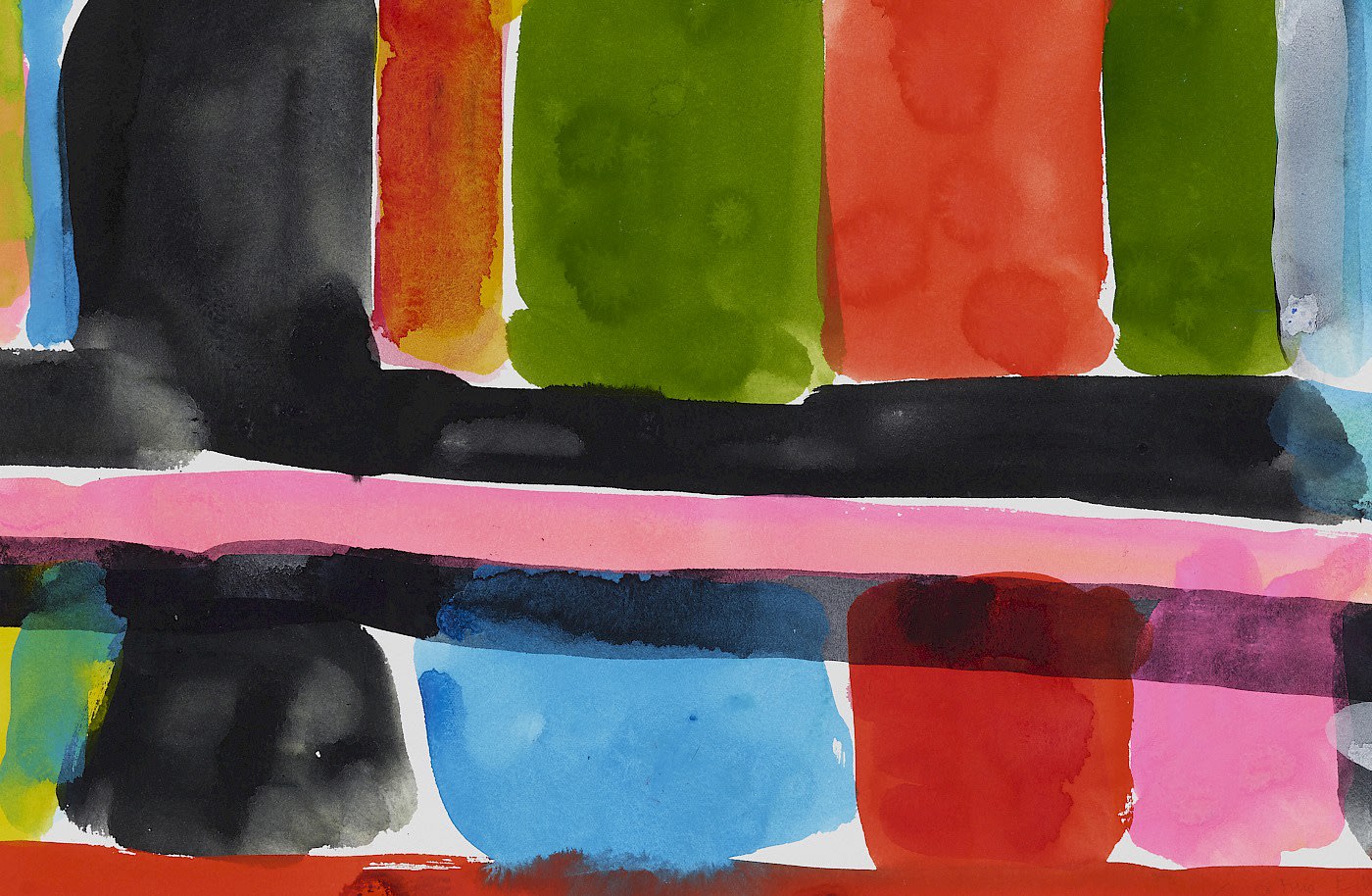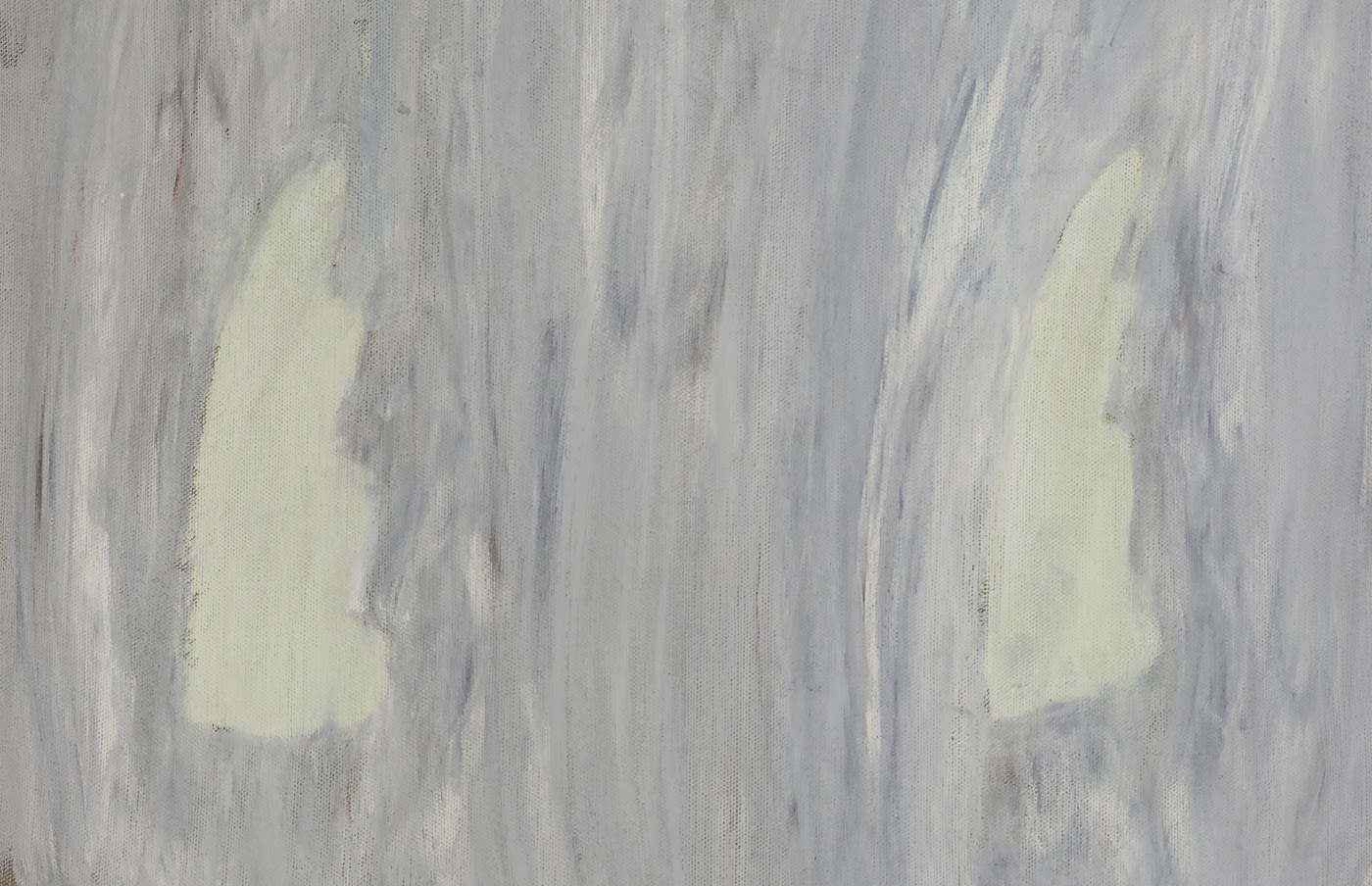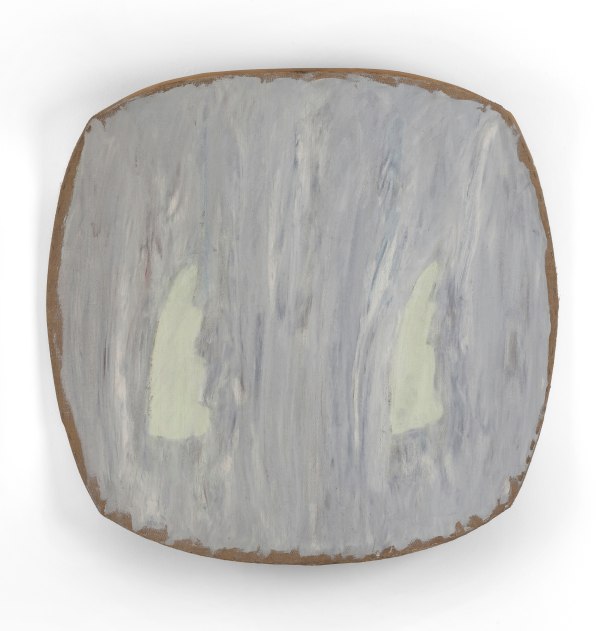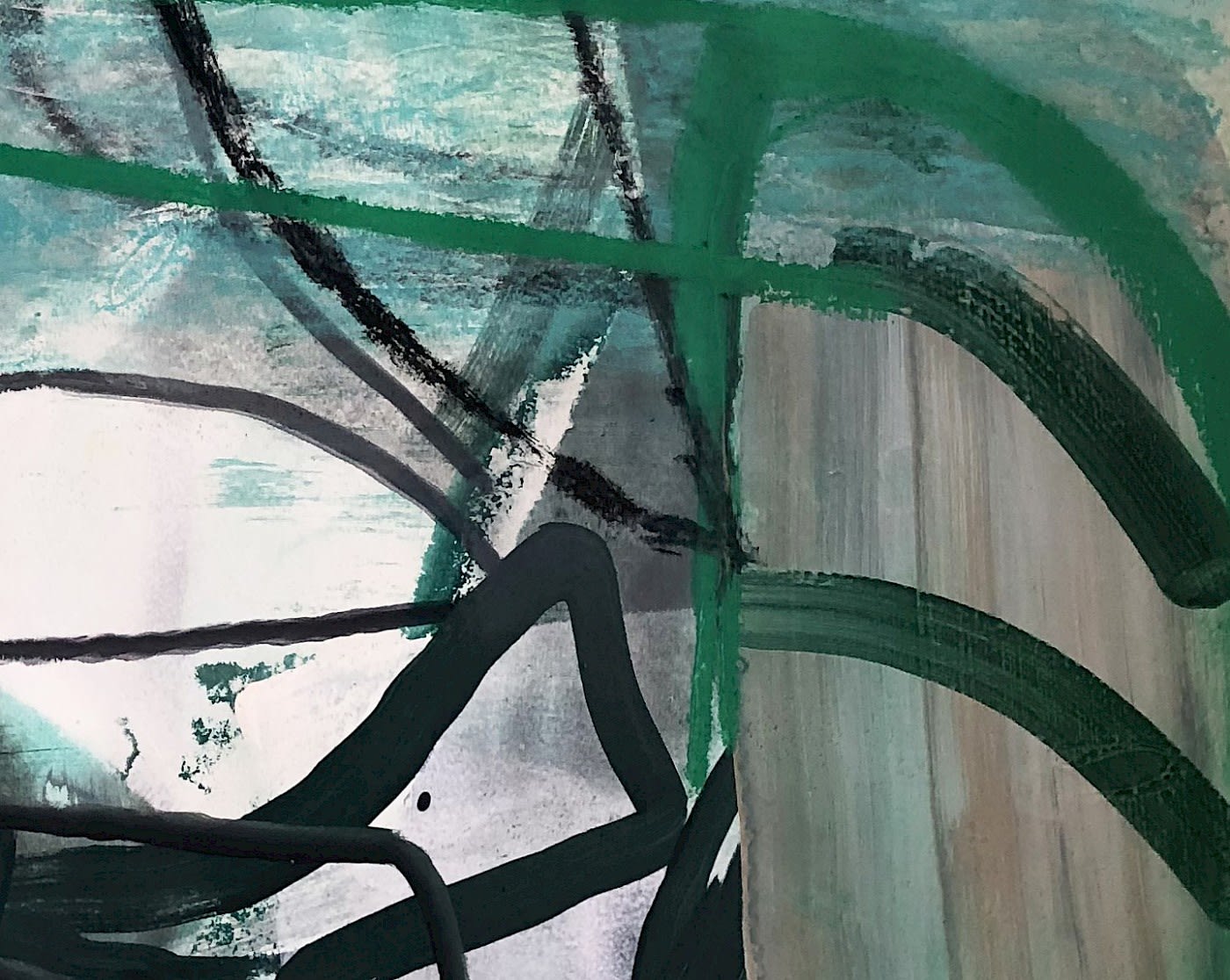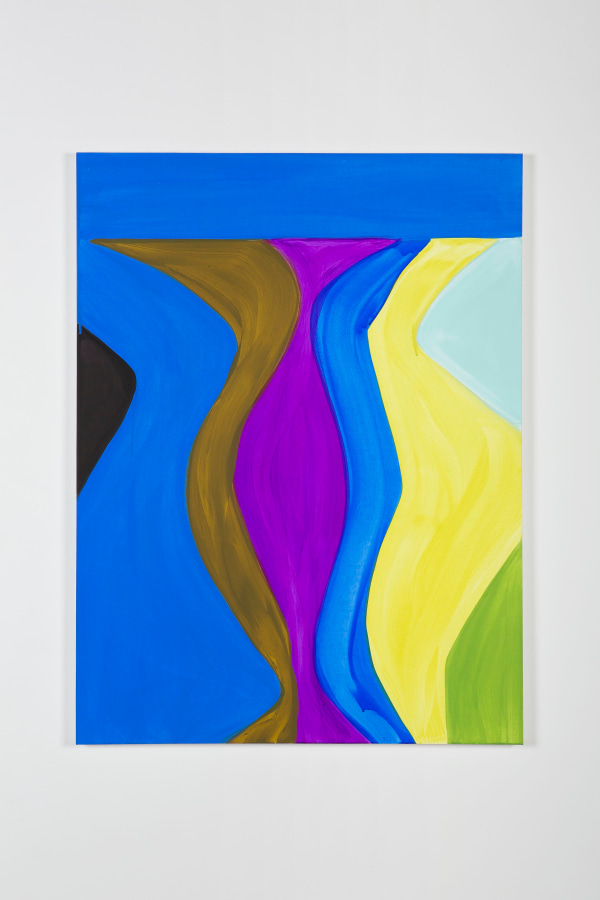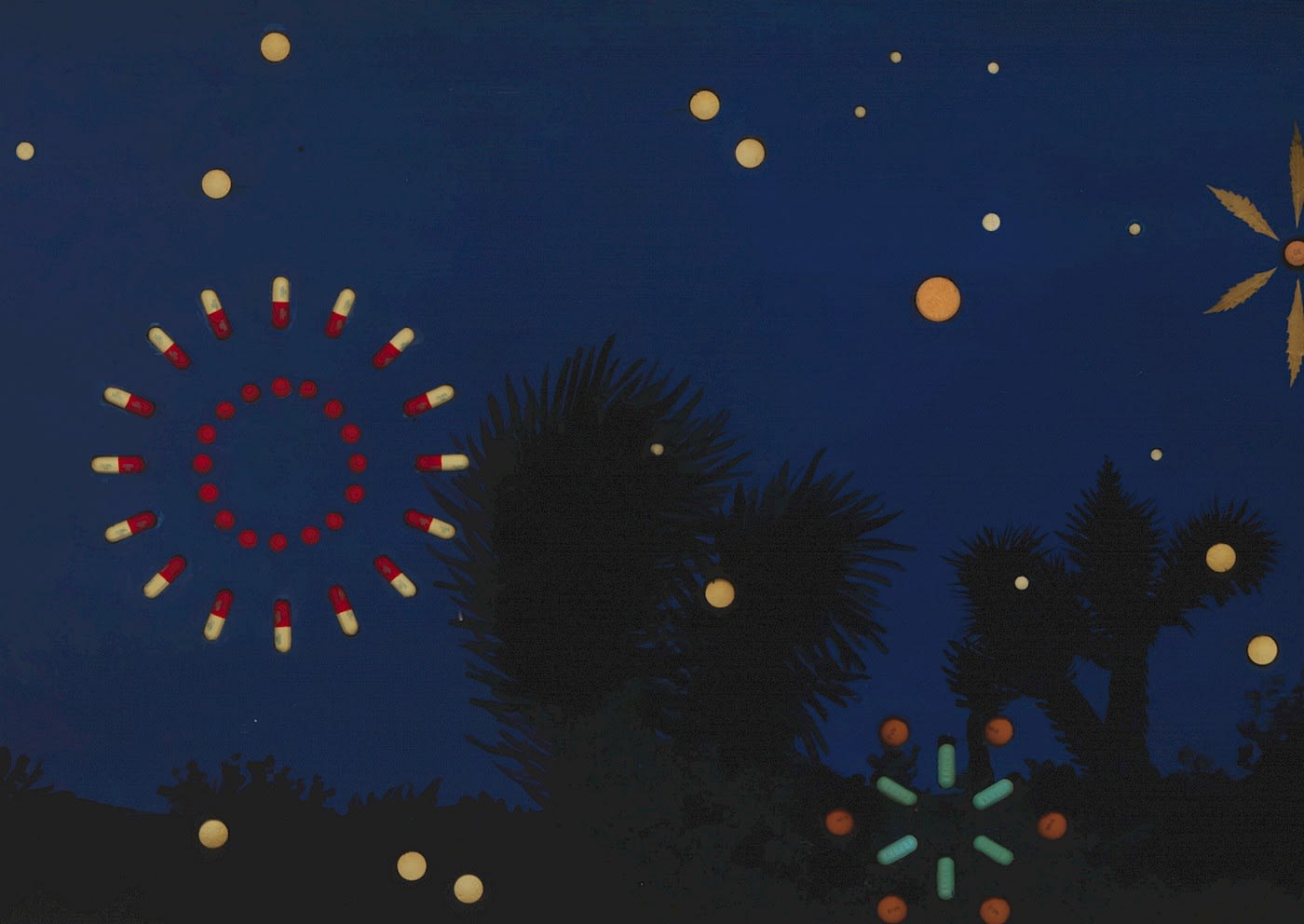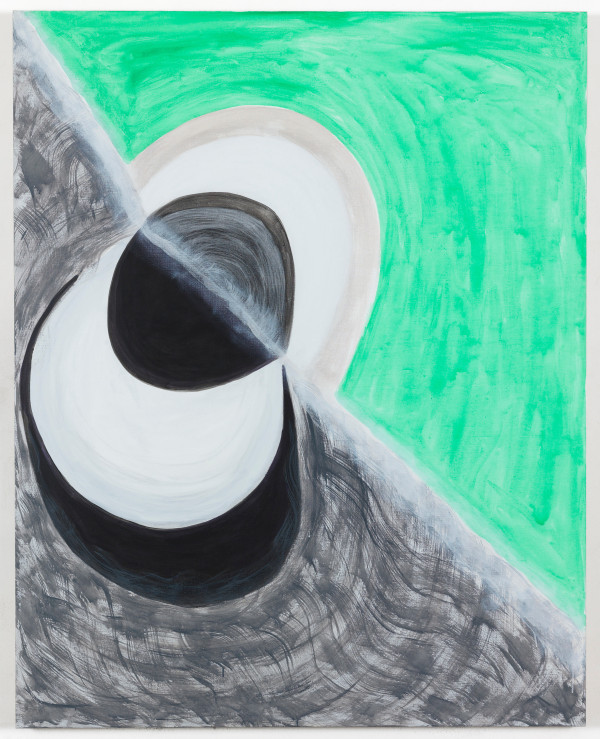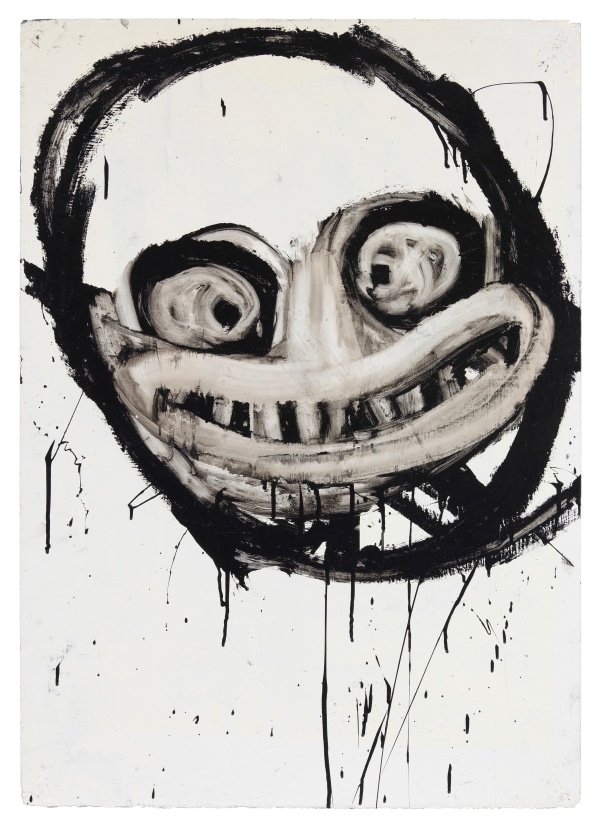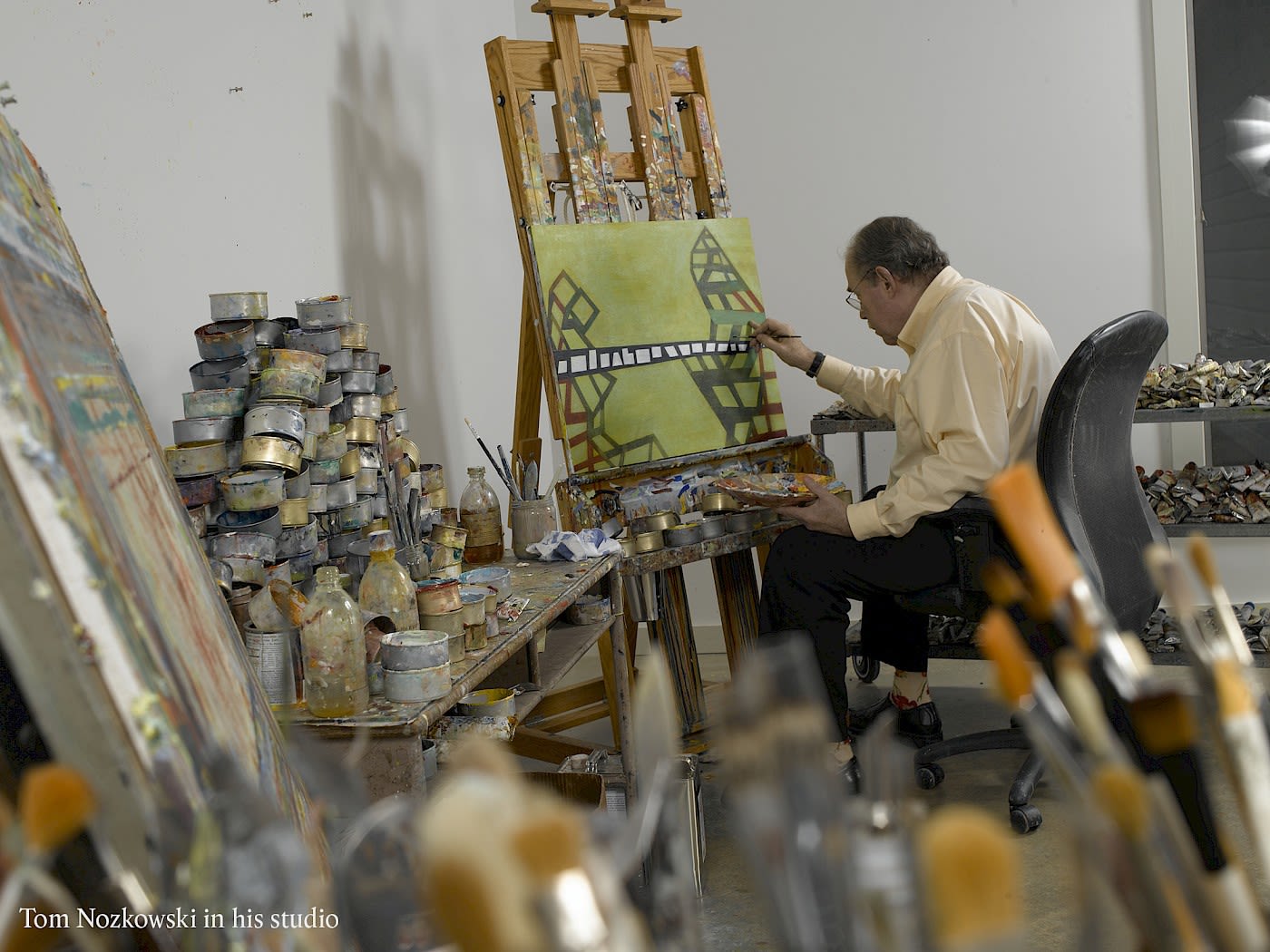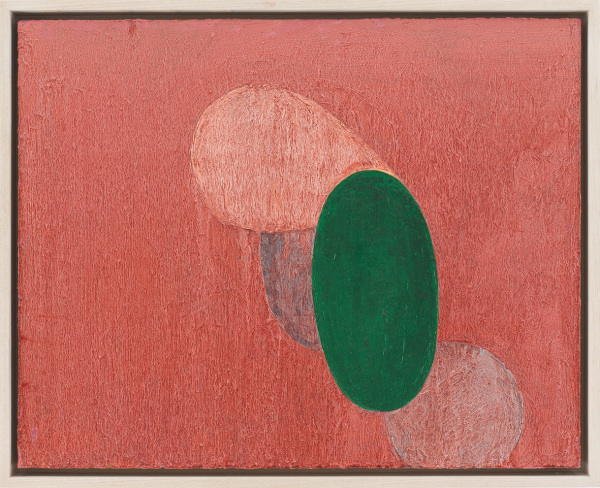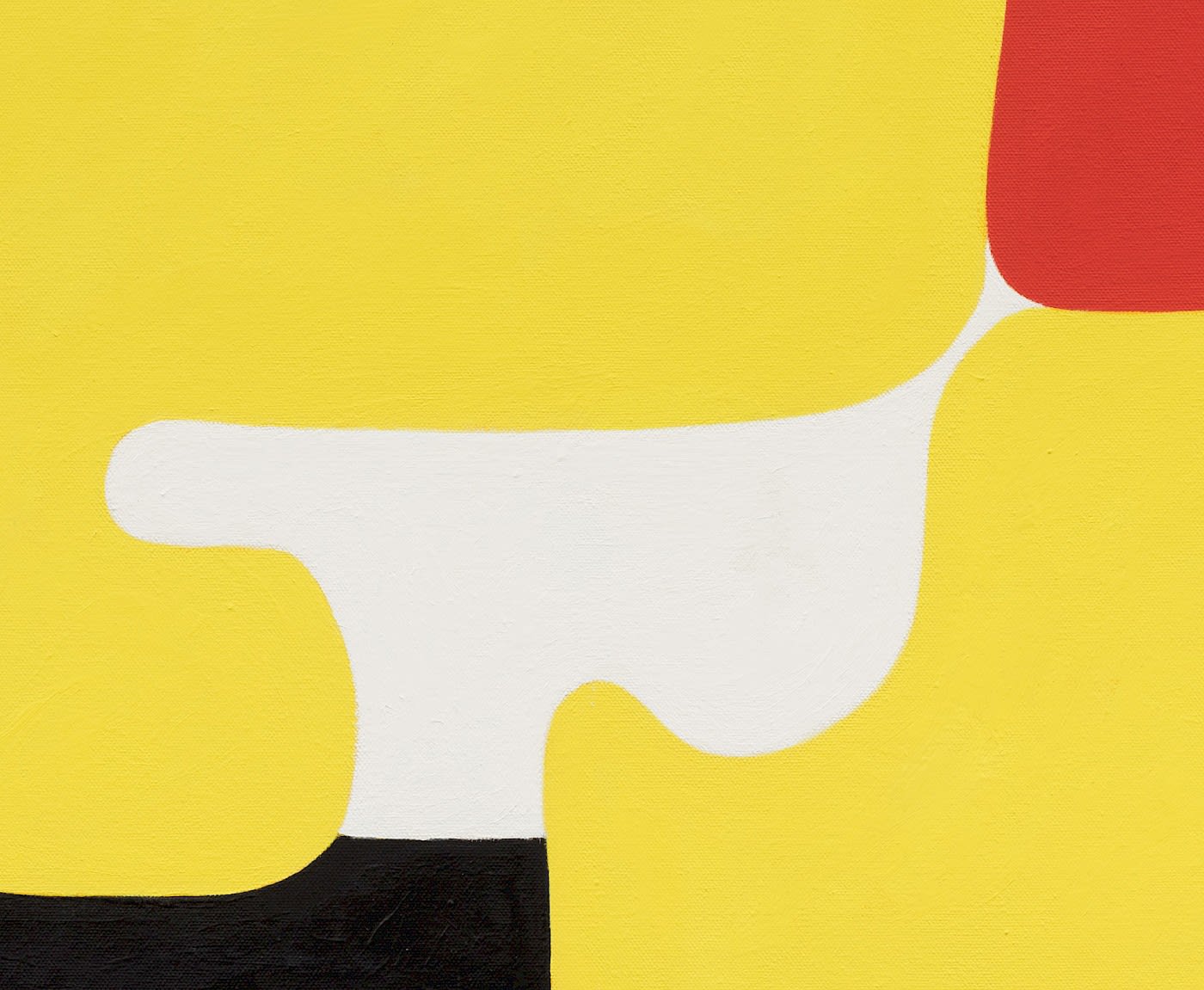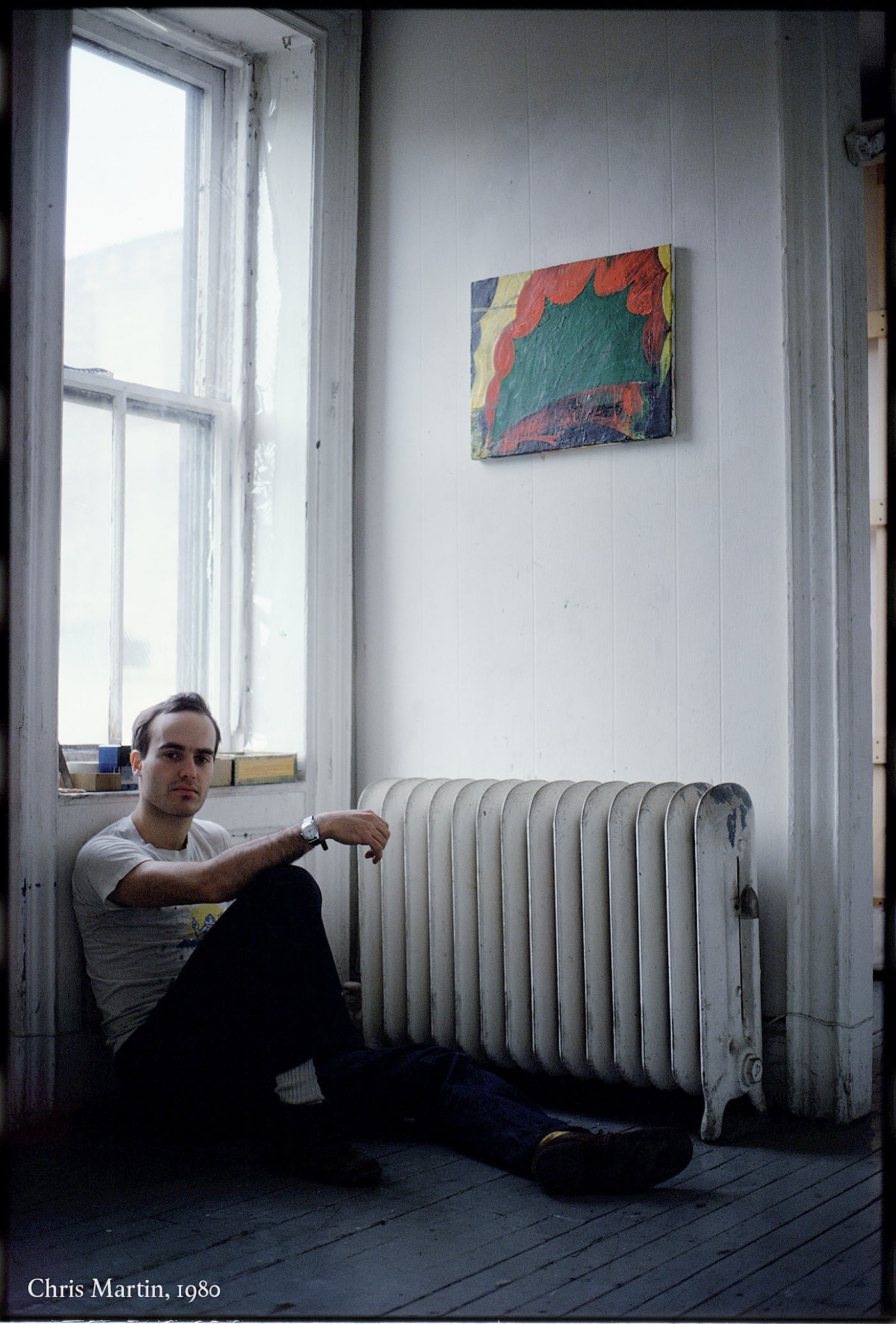-
Painting the Essential: New York 1980–Present
Timothy Taylor presents Painting the Essential: New York, 1980–Present, an online exhibition focused on a group of artists who lived and worked in downtown Manhattan and Brooklyn in the 1980s. Curated by painter Chris Martin, who came of age as an artist in the vibrant and eclectic New York art scene of this period, the exhibition reunites his friends, collaborators, and influences.
Painting the Essential explores how the defining political, social and artistic developments of the decade—the shock and devastation of the AIDS crisis, the battle between abstraction and figuration, the lasting effects of the psychedelic counterculture, and the rise of the yuppie boom—shaped the artists’ ensuing lives and work.
The featured artists are united by their exuberant use of colour, focus on process and intuition, and an inventive approach to different forms of media. Reflecting the maximalist zeitgeist of the decade, many fused the lessons of Abstract Expressionism with figurative imagery, references to pop culture, and fragments of text—a thread traced by works from the 80s to today.Artists
Peter Acheson
Marina Adams
Katherine Bradford
Rick Briggs
Ron Gorchov
Bill Jensen
Jonathan Lasker
Margrit Lewczuk
Chris Martin
Andrew Masullo
Thomas Nozkowski
Joyce Pensato
Amy Sillman
Fred Tomaselli
Stanley Whitney -

-
‘It’s hard to believe now, but figuration was considered passé, regressive. Anything emotional, sincere, it was considered folk. The dawn of the eighties broke everything open for me; I was introduced to Julian Schnabel, Basquiat, Anselm Kiefer, people who were saying, we can pull references from any moment in time without any regard for progress, and put what interests us and inspires us into the work, rather than effacing it completely.’
– Chris Martin, in conversation, April 2020 -

-
‘Paintings come from the unknown. Can we know exactly what the painting will look like before it confronts us? The proof is revealed by the fact that ‘finished’ paintings often fall off and require more work after we think of them as done. “We” cannot know. Successful paintings continue to mystify precisely because we can’t control the outcome, no matter how deliberate the method.’
– Peter Acheson in conversation with Ben La Rocco, Hyperallergic, 2013 -

‘Once I left the New York School, so to speak, I was totally on my own. I was thinking about the idea of space and music; I was thinking about how Munch painted, about Cézanne, and slowly things were coming together for me. The last piece of the puzzle was density. I thought that if I put the colors next to one another, I would lose the space. Then I realized—the space is in the color.’
–Stanley Whitney in conversation with Louise Neri, Gagosian Quarterly, 2020 -
‘What became ... interesting to me was the idea of transforming my everyday job materials into art. I liked the readymade authenticity and spattered surfaces of my used drop covers and the physical, material nature of painting on them. This became the through-line between (the previous) work and what I'm doing now, with my inclusion of stir sticks, drop covers, paint skins, t-shirts, which, in turn, connected me back to the work I was doing in the 80's - attaching small canvases on object-like painting. It's very flattering when people tell me now how that 80's work looks so current.’
– Rick Briggs in conversation with Bradley Rubenstein, Press Eject and Give Me the Tape, 2020 -

-

-
‘If you let art be a living force, it will tell you what to do; that is inspiration on the deepest level. The trick is to be a very sensitive listener: once something is born into paint, the artist needs to have the ability to listen to it without judgment, and to accept its reality outside of oneself.’
– Bill Jensen in conversation with John Yau, BOMB Magazine, 2007 -

-

-
‘These paintings grew out of a rebellion against a very authoritarian formalism that was just about running its final course when I started painting. These paintings use that thinking as an element, and then use it as something to be violated.’
– Jonathan Lasker in conversation with Shirley Kaneda, BOMB Magazine, 1990 -

-
‘I was coming into the counter culture as it was collapsing into disco and cocaine. There was all this failure and loss of idealism and I was interested in digging through the rubble to see if there was anything worth keeping.’
– Fred Tomaselli, interviewed by Chris Martin for The Brooklyn Rail, Winter 2003 -

-
‘Improvisation, however, is essential to my work. I want my ideas to be located at the tip of my brush. I want my materials to talk back to me. I want to be surprised.’
– Thomas Nozkowksi in conversation with John Yau, The Brooklyn Rail, 2010. -

-
-

‘There are many ways of understanding the world. One way is this incredibly rational, logical mind. But there are many other, equally important ways that human beings understand the world and communicate with each other, and we started channeling that into our art. We had incredible powers of intuition and emotional connection.’
– Chris Martin in conversation, April 2020
